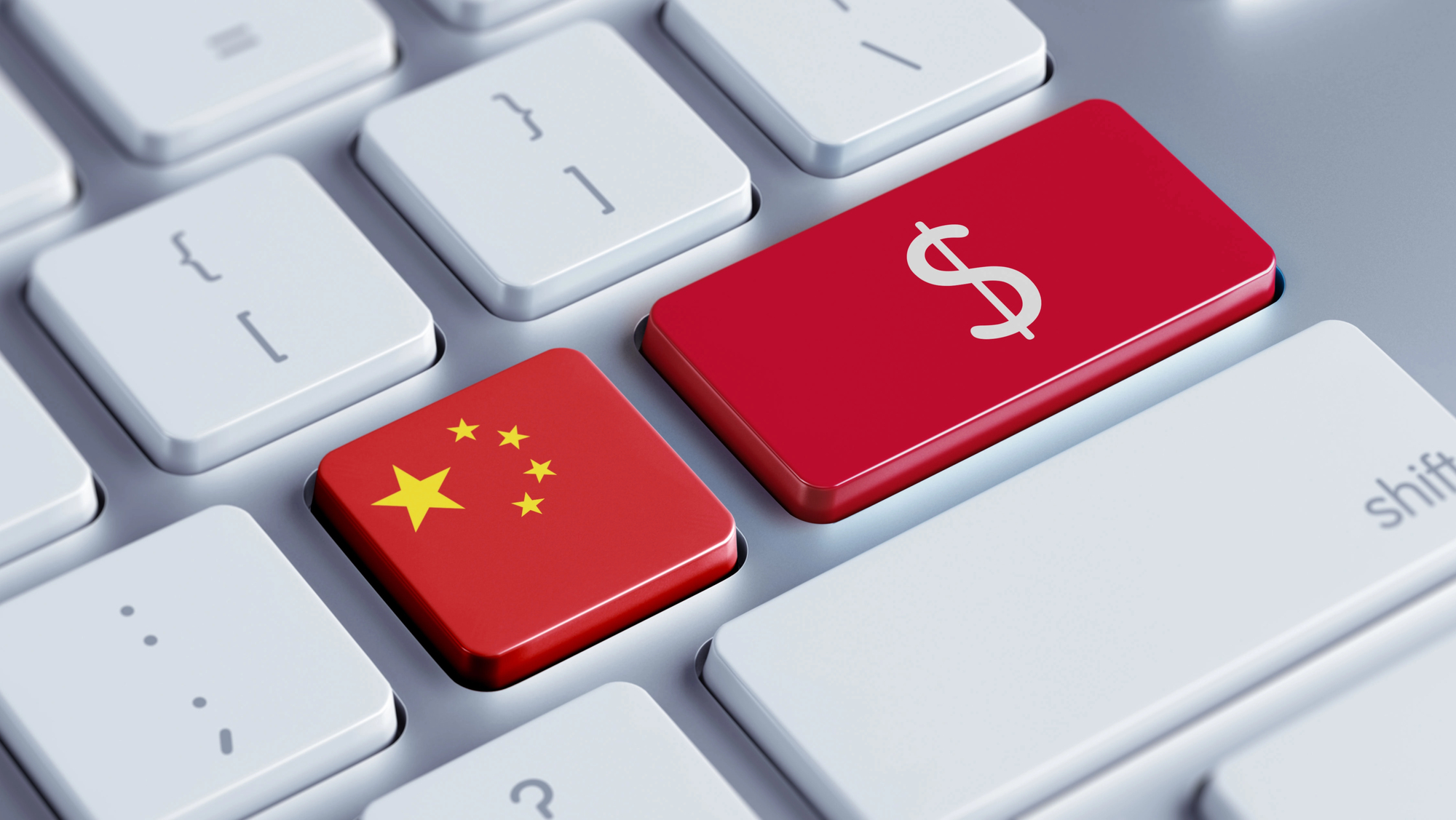CHINA: The latest report from the Australian Lowy Institute warns that the world’s most impoverished nations are confronted with an unparalleled outpouring of debt settlements to China, prompting worries of an impending financial catastrophe across developing nations.
Record debt repayments due in 2025
According to the study featured in The Guardian, these 75 destitute countries are jointly projected to pay a confounding $22 billion to China in 2025 alone. This indicates the ultimate in the repayment series following years of concentrated Chinese lending.
The report bluntly states: “China will be more debt collector than banker to the developing world” for the rest of the decade. This move puts at risk essential subsidies for education, climate initiatives, and health as countries redirect meagre resources to pay these loans.
Belt and Road: Boom turns to bust
The bulk of the liability came from credit issued under President Xi Jinping’s Belt and Road Initiative (BRI), a gigantic international infrastructure venture designed to build roads, schools, ports, and hospitals in developing countries. At its height in 2016, China’s lending topped out at more than $50 billion per annum, surpassing all Western financiers and debt holders combined.
Although the BRI assisted in filling a capital gap in countries habitually deprived of Western outlay, it has triggered allegations of “debt-trap diplomacy,” with apprehensions that China intentionally entangles countries in unrestrainable debt to wield political pressure and influence. Current examination shows Laos, severely beholden to China, now faces an incapacitating debt predicament partially instigated by BRI funds.
China refutes these claims, with country-beneficiaries frequently shielding the alliance as more reliable than Western counterparts. Still, the Lowy report cautions that China’s repayments could become a powerful instrument for political power, particularly as foreign assistance from other powerful countries like the U.S. has been deeply weakened.
Diplomatic moves and economic dilemmas
The report puts emphasis on fresh loans to countries like Honduras, Nicaragua, Solomon Islands, Burkina Faso, and the Dominican Republic immediately after they swapped political allegiance from Taiwan to Beijing, raising apprehensions over Beijing’s calculated use of debt to inflate its power and influence.
Transparency is still a challenge, as China divulges little about the full scope of its BRI credit. Lowy’s speculations, built on World Bank statistics, probably played down the scale, with preceding studies signifying a “hidden debt” of nearly $385 billion payable to China.
As the debt surge intensifies, the international community watches meticulously, curious about how these financial undercurrents will rewrite the future of development, international relations, peacekeeping, and economic solidity for some of the world’s most defenceless republics.

